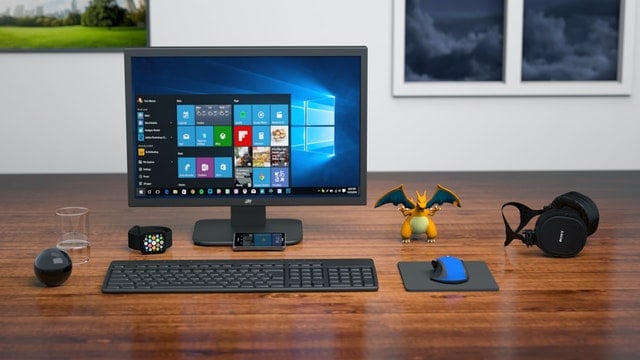Whether you’re constructing a home studio or designing a commercial studio space, you’re going to need to start with the right tools and components before anything else. By having all of your gear ready to go you can get an idea of the exact measurements that you’ll need for your mixing board, speakers, screens, desks, and overall arrangement. Even if you already have a decent setup, there’s a chance that you might not be using optimal tools at the moment, so upgrading is always something to consider. With that said, here are some commonly overlooked components that can really add value to your studio.
1. Audio Analyzers
Most of us have become accustomed to using virtual plugins within our DAWs to analyze audio spectrums, but this approach is only useful when you’re analyzing sound that’s already been recorded and is available in digital format. If you have a device or instrument that’s generating a live sound and you want to analyze the live signal being emitted by that object, you’ll need a dedicated audio analyzer. These are essential audio precision tools that are helpful for optimizing the output of a live sound, so they’re especially useful for studios that record bands and orchestras, sound designers who record unique sound sources, or device designers who need to optimize the acoustic properties of their inventions.
2. Amplifiers and Interfaces
Everyone knows you need an audio interface to record pretty much anything unless you’re using a USB mic, which is never going to provide the same quality as a powered mic or instrument routed through a strong interface with built-in signal processors. While it’s possible to get all the effects and amplification you need on a post-production basis within your DAW, if you want to apply an abundance of high quality real-time effects to an instrument or vocalist without latency, you’ll need a good interface and amplifier.
3. Workstations
Audio workstations look a lot like conventional MIDI keyboards but instead of just being a set of keys they’re equipped with pressure sensitive drum pads, a library of sounds, and built-in software, knobs, and buttons for arranging and composing tracks. Some of the best workstation brands include Akai, M-Audio, Korg, and Yamaha. While the higher end models can be expensive, you can find decent options for about $300 or even much less if you buy used or refurbished.
4. Advanced Monitoring Headphones

There’s a widespread belief that professionals should never mix or master audio within headphones, as properly placed studio speakers provide a more authentic soundstage and spacial perception. Although that’s true when you’re talking about the vast majority of headphones, premium studio monitor headphone models in the $200+ range are usually good enough to allow for accurate mixing. Of course, the benefit is that you can work at full volume regardless of time or location (i.e. at home in the middle of the night).
Going Beyond Good Enough
Sound design is a game of constant comparison and judgement, as engineers and producers are always comparing their sounds and songs to the quality of respected industry releases. The problem is, if you’re taking a bunch of shortcuts to build a studio on a budget, it’s going to be difficult to achieve the same type of sound that’s being cranked out of a well-equipped commercial studio.







